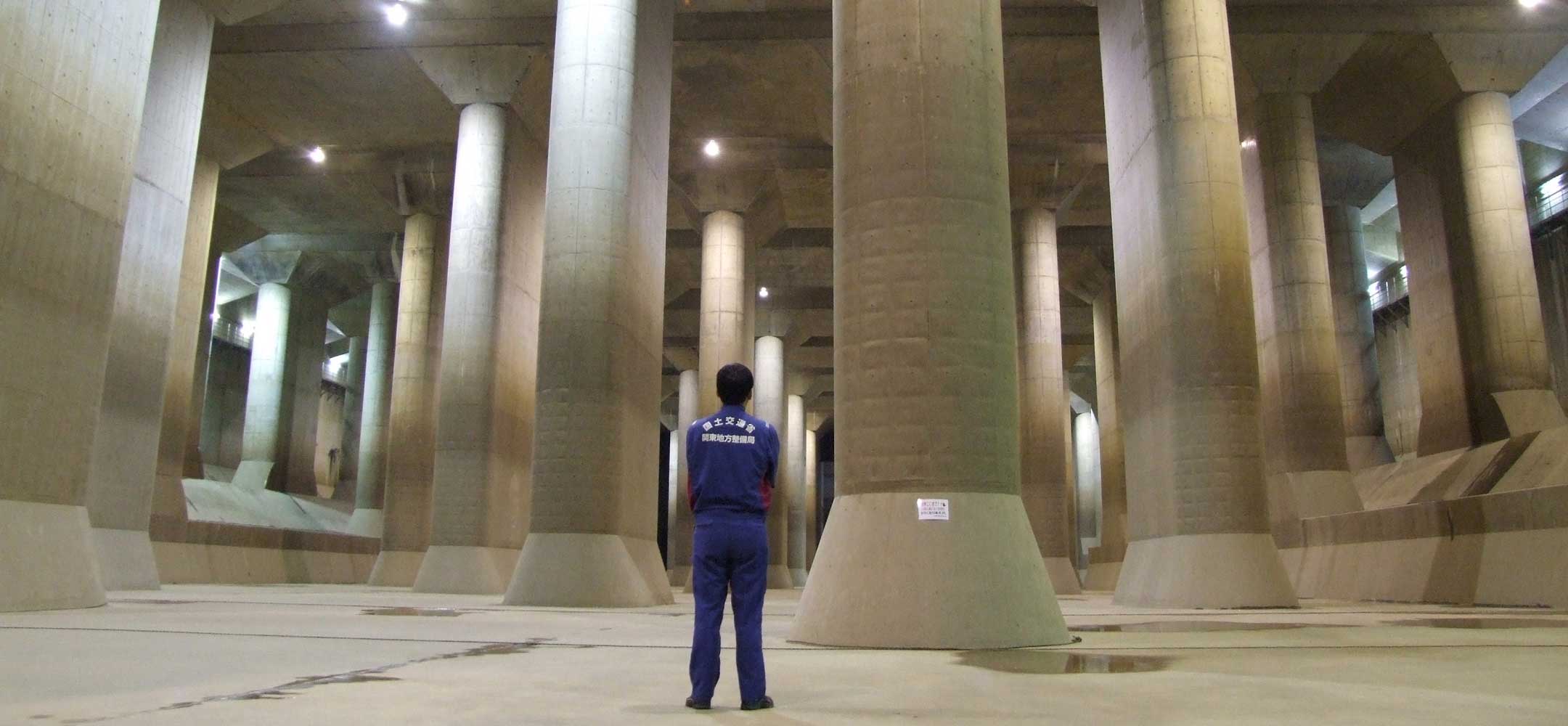While it’s far from clear whether it will ever happen, the concept almost immediately generated widespread response when it was announced earlier this spring. Local officials told the Houston Chronicle it’s outside-the-box thinking with benefits that could outweigh the heavy price tag. Residents reading about the project on social media have expressed fears of sinkholes from the underground construction. Even entrepreneur Elon Musk, who owns tunnel construction company The Boring Company, jumped into the conversation on Twitter.
So would such a tunnel system really be a logical solution for Houston’s flood woes?
Drilled 100 to 200 feet underground, the underground channels act as temporary storage for floodwater during intense rainstorms, said Larry Larson, a senior policy adviser at the Association of State Floodplain Managers. Once the rain has stopped, the stormwater can be used for a variety of purposes. It can be pumped back to the surface into a river or wetlands or even used to recharge aquifers.
If cities have a section of river that regularly overflows, a tunnel can convey extra water underground and help reduce the amount of water that flows onto land during storms, said Christof Spieler, project manager of the Greater Houston Flood Mitigation Consortium. Large-scale tunnels can also act as an additional set of waterways, taking pressure off undersized drainage networks, he said.
But Larson and Spieler said it’s hard to tell if such a system would make sense for Houston — a low-lying coastal city that’s experienced three 500-year floods in the past three years.
[…]
Flood control tunnels are nothing new to Texas — San Antonio built the San Pedro Creek Tunnel in 1991 and completed the longer San Antonio River Tunnel in 1997. Austin continues to put the finishing touches on the Waller Creek Tunnel and a tunnel in East Dallas received the long-awaited go-ahead in February.
Should the district choose to pursue the project, tunnels could cost up to $100 million per mile, Steve Costello, the city’s chief resilience officer, told the Houston Chronicle.
See here for the background. There’s a longish and very wonky conversation with Larson and Spieler about flood control, which if you read it you will know is basically an oxymoron, so do read the full article. There wasn’t any mention of other Texas flood tunnels in the earlier article, so I appreciate the Trib bringing those examples. I have a hard time imagining that this will happen here, but as noted the cost of the study is negligible, so why not at least examine the possibility? The worst that can happen is you wind up crossing it off the list.


As it has demonstrated in other forms of infrastructure, Japan is ahead of the curve on this approach to flood control and has even managed to use it as a visitor attraction. https://www.japanvisitor.com/japan-city-guides/kasukabe-underground-flood-protection-tank